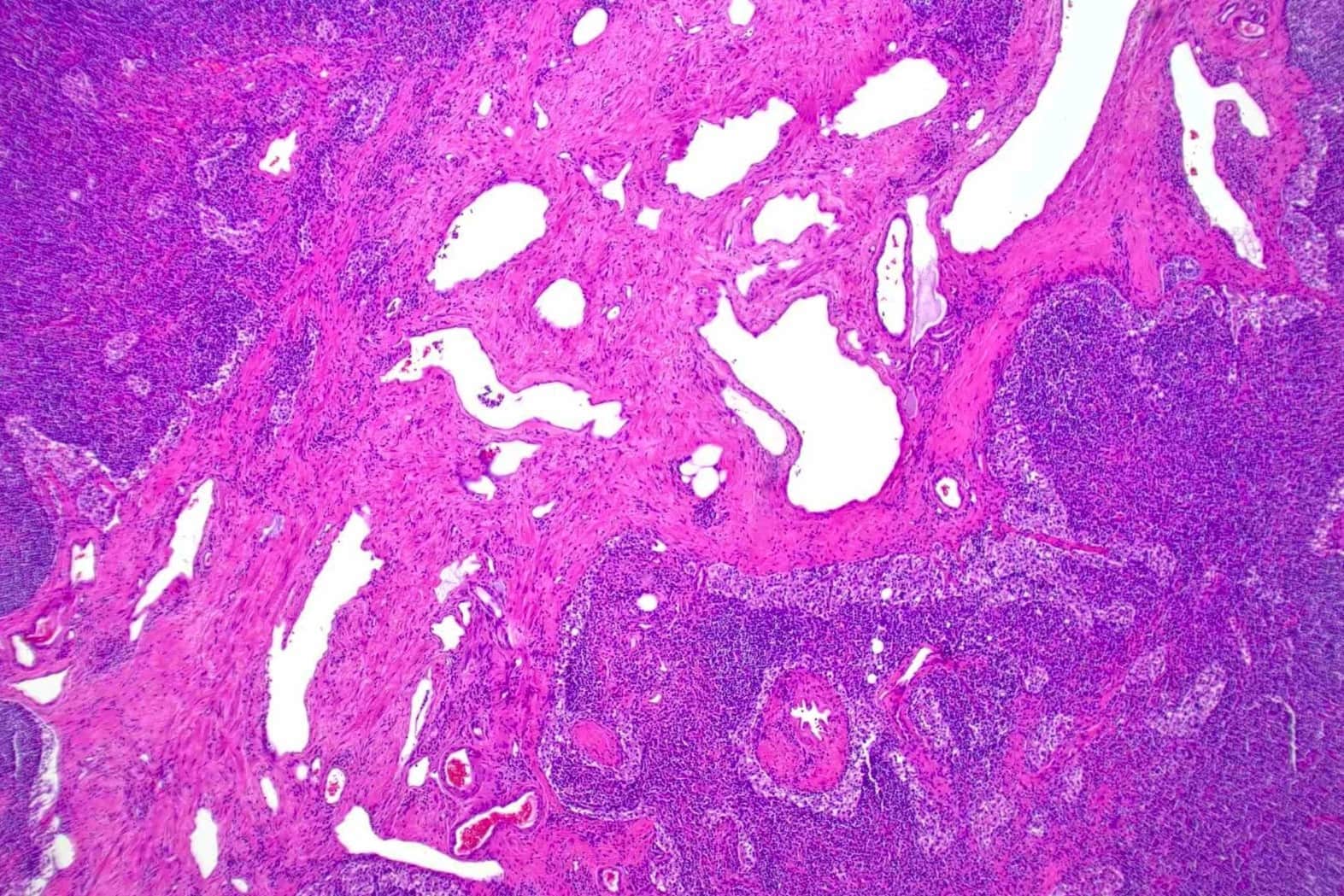
Angiomyomatous hamartoma might sound like a mouthful, but understanding it doesn't have to be complicated. This rare, benign tumor typically affects lymph nodes, particularly in the inguinal (groin) region. What exactly is an angiomyomatous hamartoma? It's a non-cancerous growth made up of blood vessels, smooth muscle, and fibrous tissue. While it might seem alarming, these tumors are usually harmless and often discovered incidentally during surgeries or imaging for other conditions. They don't spread to other parts of the body and rarely cause symptoms. Curious about more details? Let's dive into 20 intriguing facts about angiomyomatous hamartoma that will shed light on this uncommon medical condition.
What is Angiomyomatous Hamartoma?
Angiomyomatous hamartoma is a rare, benign tumor that typically affects lymph nodes. These growths are composed of blood vessels, smooth muscle, and fibrous tissue. Understanding this condition can help demystify its nature and implications.
- Angiomyomatous hamartoma primarily affects lymph nodes in the inguinal (groin) region.
- It was first described in medical literature in 1992.
- The tumor is composed of a mix of blood vessels, smooth muscle cells, and fibrous tissue.
- Most cases are found in adults, with a slight male predominance.
- Symptoms often include a painless, slow-growing mass in the affected area.
- Diagnosis typically involves imaging studies and a biopsy to examine the tissue under a microscope.
Causes and Risk Factors
While the exact cause of angiomyomatous hamartoma remains unclear, certain factors may contribute to its development. Here are some insights into what might influence the formation of these tumors.
- Genetic mutations may play a role in the development of angiomyomatous hamartoma.
- Chronic inflammation or irritation of lymph nodes could be a contributing factor.
- There is no strong evidence linking lifestyle or environmental factors to this condition.
- Unlike many other tumors, angiomyomatous hamartoma is not associated with cancer.
Diagnosis and Detection
Accurate diagnosis is crucial for effective management of angiomyomatous hamartoma. Various methods are employed to identify and confirm the presence of these tumors.
- Ultrasound is often the first imaging technique used to evaluate a suspected angiomyomatous hamartoma.
- MRI and CT scans can provide detailed images of the tumor and surrounding tissues.
- A biopsy is necessary to confirm the diagnosis by examining the tissue microscopically.
- Pathologists look for characteristic features such as blood vessels, smooth muscle, and fibrous tissue in the biopsy sample.
- Immunohistochemical staining can help differentiate angiomyomatous hamartoma from other similar conditions.
Treatment Options
Treatment for angiomyomatous hamartoma typically involves surgical removal. Here are some key points about managing this condition.
- Surgical excision is the primary treatment for angiomyomatous hamartoma.
- Complete removal of the tumor usually results in a cure, with a low risk of recurrence.
- In some cases, partial removal may be sufficient if the tumor is causing symptoms or complications.
- Regular follow-up is recommended to monitor for any signs of recurrence.
- There is no need for chemotherapy or radiation therapy, as angiomyomatous hamartoma is a benign condition.
Final Thoughts on Angiomyomatous Hamartoma
Angiomyomatous hamartoma, a rare benign tumor, often puzzles both patients and doctors. Understanding its characteristics helps in managing it better. This tumor usually appears in lymph nodes, especially in the inguinal region. Though benign, it can cause discomfort or swelling, leading to further investigation.
Diagnosis typically involves imaging studies and a biopsy to confirm its benign nature. Treatment often includes surgical removal, which usually resolves symptoms and prevents recurrence. Awareness of this condition ensures timely diagnosis and appropriate management, reducing unnecessary anxiety.
Staying informed about rare conditions like angiomyomatous hamartoma empowers patients and healthcare providers alike. Knowledge is key to navigating health challenges effectively. So, if you or someone you know faces this diagnosis, remember it's manageable with the right care. Always consult healthcare professionals for personalized advice and treatment options.
Was this page helpful?
Our commitment to delivering trustworthy and engaging content is at the heart of what we do. Each fact on our site is contributed by real users like you, bringing a wealth of diverse insights and information. To ensure the highest standards of accuracy and reliability, our dedicated editors meticulously review each submission. This process guarantees that the facts we share are not only fascinating but also credible. Trust in our commitment to quality and authenticity as you explore and learn with us.


